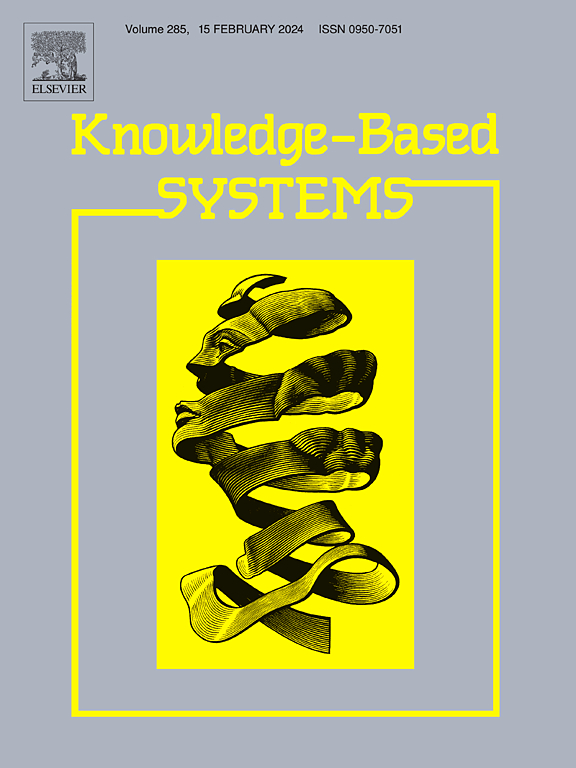Temporal knowledge graph fusion with neural ordinary differential equations for the predictive maintenance of electromechanical equipment
IF 7.2
1区 计算机科学
Q1 COMPUTER SCIENCE, ARTIFICIAL INTELLIGENCE
引用次数: 0
Abstract
Predictive Maintenance is the primary strategy for optimizing operational efficiency and reducing the maintenance costs of electromechanical equipment. However, existing Predictive Maintenance approaches suffer from significant shortcomings, such as the inability to learn the dynamic evolution of fault and maintenance events within massive, heterogeneous datasets and the lack of effective models to handle this complex data. To address these issues, we propose a temporal knowledge graph (TKG) reasoning method. First, we construct a TKG based on an ontology defined by the heterogeneous data features of electromechanical equipment. Second, we propose a Dynamic Graph Embedding model, which captures the dynamic evolution of the non-equal-interval events in the TKG by combining neural ordinary differential equations with a graph convolutional neural network. Furthermore, we design a Dynamic Hawkes Transformer to identify the evolutionary process and predicting future events based on historical fault and maintenance data. Finally, we use elevators as a case study to compare the proposed method with other advanced methods and demonstrate its effectiveness in TKG reasoning. Our proposed method excels in fault and maintenance event prediction, as well as time prediction, for electromechanical equipment.
求助全文
约1分钟内获得全文
求助全文
来源期刊

Knowledge-Based Systems
工程技术-计算机:人工智能
CiteScore
14.80
自引率
12.50%
发文量
1245
审稿时长
7.8 months
期刊介绍:
Knowledge-Based Systems, an international and interdisciplinary journal in artificial intelligence, publishes original, innovative, and creative research results in the field. It focuses on knowledge-based and other artificial intelligence techniques-based systems. The journal aims to support human prediction and decision-making through data science and computation techniques, provide a balanced coverage of theory and practical study, and encourage the development and implementation of knowledge-based intelligence models, methods, systems, and software tools. Applications in business, government, education, engineering, and healthcare are emphasized.
 求助内容:
求助内容: 应助结果提醒方式:
应助结果提醒方式:


